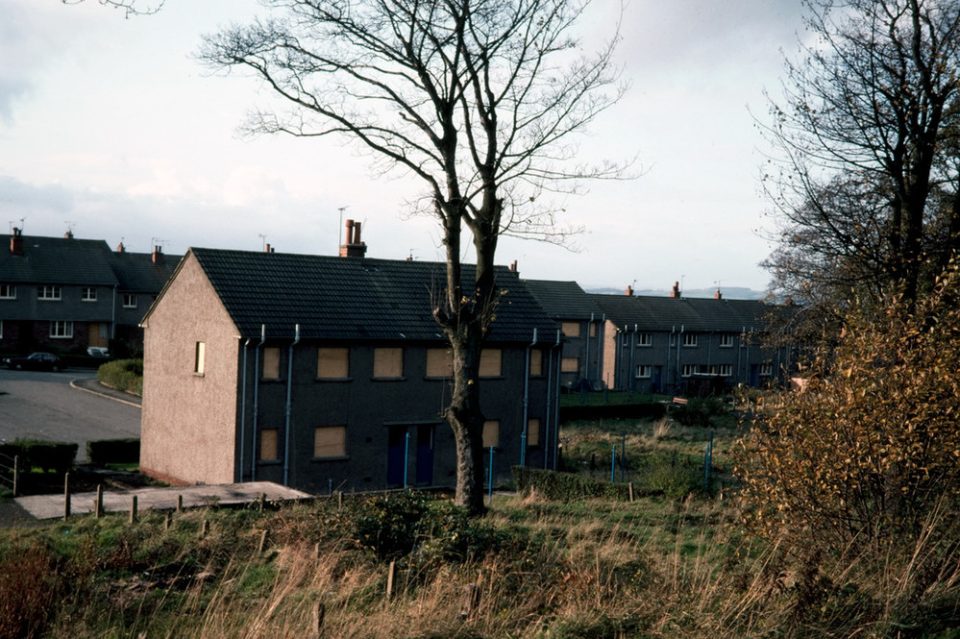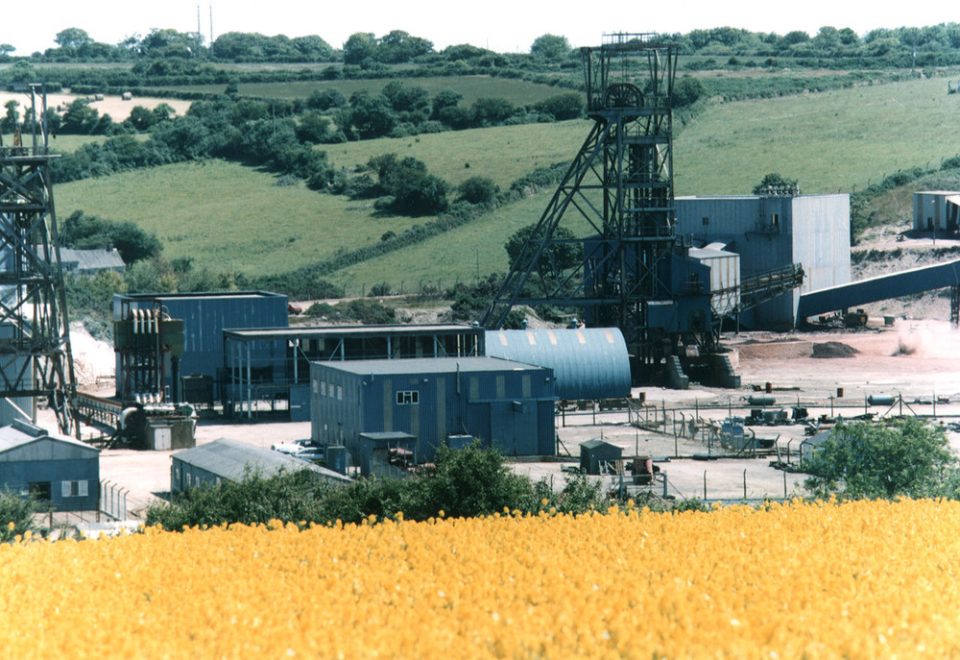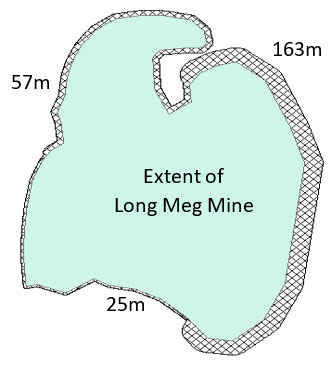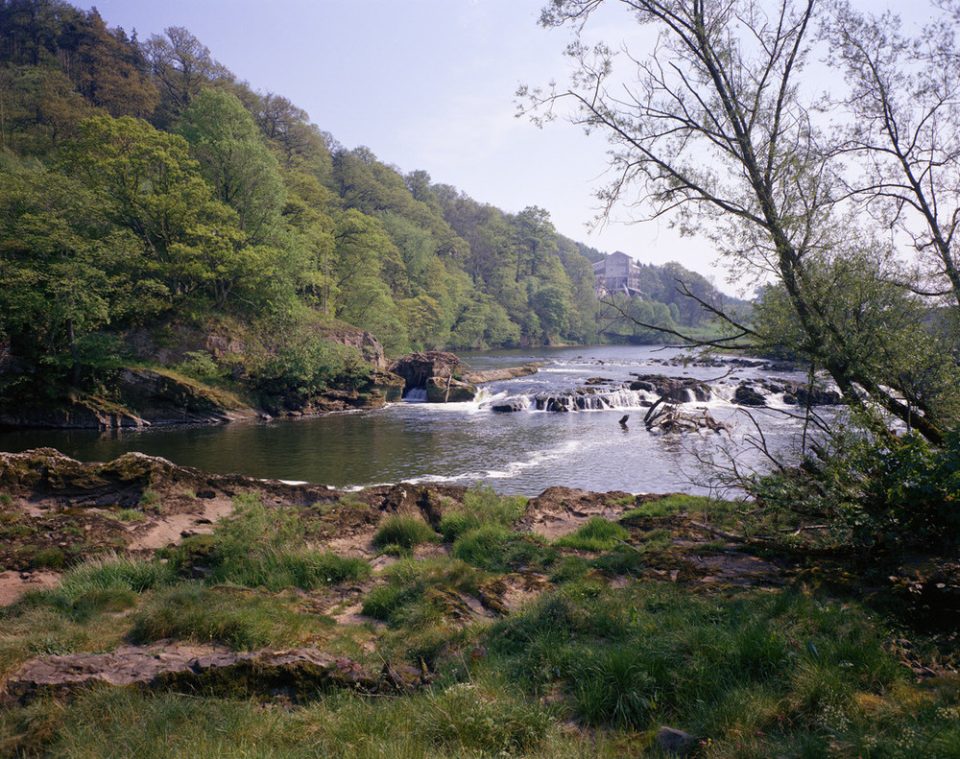Mining hazard data (not including coal) from BGS
Great Britain has over 250 000 documented mining sites and the underground voids resulting from past mining activity pose a possible hazard. Knowledge of the distribution of former mining areas will help us to plan for future development and ongoing maintenance.
17/05/2022 By BGS Press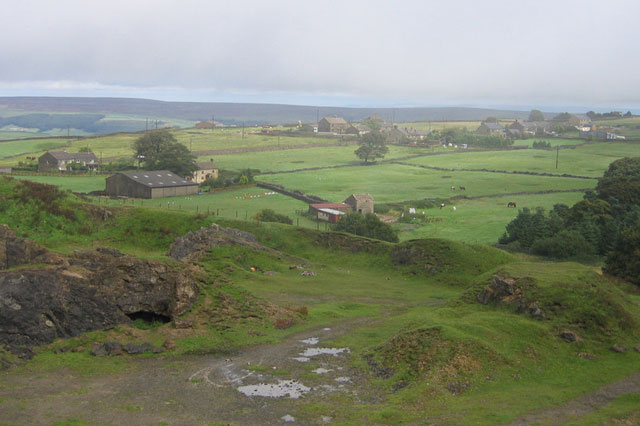
Mine workings range from small-scale, local workings, such as graphite mining in the Lake District or jet mined in Whitby, to large-scale, national resources such as salt extraction in Cheshire. While modern mine workings meet stringent safety standards, many old, disused or abandoned sites are gradually decaying, leaving a long-forgotten legacy that poses potential problems to infrastructure and property. It is therefore essential we have knowledge of the distribution of former mining areas, helping us to plan for future development and ongoing maintenance.
What is a mining hazard?
The voids resulting from past underground mining activity pose a possible hazard. Former underground workings, particularly where shallow, may collapse and cause surface settlement.
Mining hazards in Great Britain can take on various different forms, including surface impacts like ground instability, gradual subsidence, cover collapse and groundwater contamination. As our climate changes, new climate conditions may exacerbate ground conditions further, leading to more incidents of this nature.
Armed with knowledge about potential hazards, preventative steps can be put in place to alleviate the impact of the hazard on people and property. The cost of such prevention may be very low and is often many times lower than the repair bill following ground movement.
Mining hazard examples
- An old mining substructure at Burrow Lead Mine in Derbyshire decayed, leading to a tunnel collapse and propagation to the surface. In turn, this caused roadside subsidence in 2011, which disrupted infrastructure
- Ferniehill in Edinburgh has seen issues where movement in old limestone workings has caused property damage
- Former chalk workings opened up, causing potential risk to life, at Gillingham in Kent (2014) and St Albans, Hertfordshire (2018)
- Ten million gallons of contaminated water flowed out of old mine workings at Wheal Jane tin mine, Cornwall, in 1992. The workings became flooded and the groundwater contaminated with heavy metal pollution; when an underground structure failed, a sudden outrush occurred
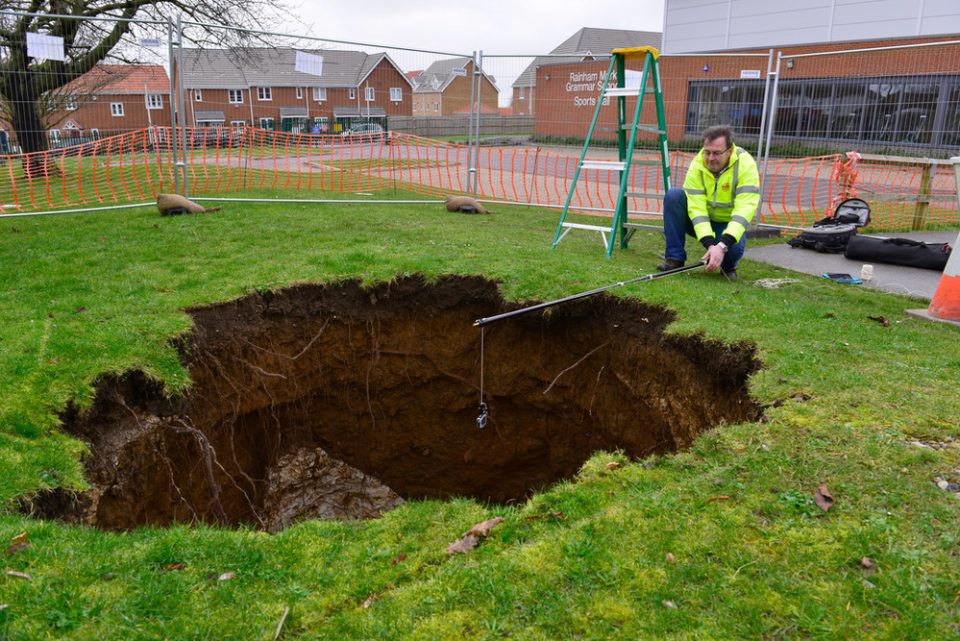
Denehole at Rainham Mark Grammar School, Gillingham, Kent (2014). Deneholes are medieval chalk extraction pits; characteristically they comprise a narrow shaft with a number of chambers radiating from the base. The depth of the features reflects the depth to the underlying chalk bedrock. The shaft width was commonly in the order of 2–3 m, widening out into galleries at depth. BGS © UKRI.
New research incorporated into our mining hazard data product
Currently. approximately two per cent of the land area of Great Britain is identified as having high susceptibility to mining hazard. The BGS Mining Hazard (not including coal) data product identifies areas affected by non-coal mining, providing a general assessment of hazard potential, thereby indicating areas at risk of possible subsidence associated with voids resulting from mine workings.
The newly released version of the BGS Mining Hazard data product also introduces a series of derived ‘zones of influence’ (ZOI) for evaporites (e.g. salt; gypsum; anhydrite), oil shales and building stone (e.g. limestone; sandstone; slate).
(Mining of coal is specifically excluded from this dataset. Enquiries on past coal mining should be directed to the Coal Authority.)
What is a zone of influence?
Zones of influence are areas indicating the potential surface extent that may be affected by underground workings. Calculations evaluate a number of criteria, including:
- seam thickness
- depth and dip of seam
- competence of roof and floor
- age of working
By integrating ZOIs into the product, a clearer picture of the surface area of legacy mining on property, people and pursuits can be established.
- Learn more about our mining hazard (not including coal) data
Case study: Long Meg Mine, Cumbria
- Worked for gypsum and anhydrite; approximately five million tonnes were extracted
- Mining was from horizontal adits and drifts driven from the side of the Eden Valley
- The mining method was pillar-and-stall, once underground
Try our open data option for free
BGS offers a generalised 1 km ‘hexgrid’ version of the data in ESRI shapefile format under the Open Government Licence to enable users to get a feel for our mining hazard (not including coal) data.
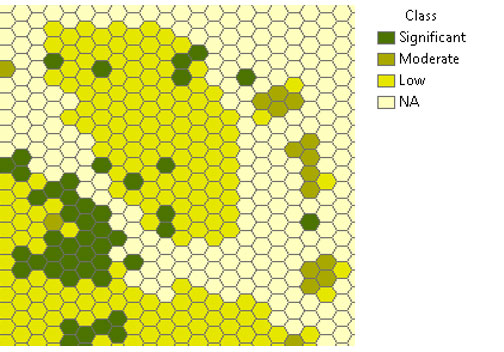
Mining hazard hexgrid example. BGS © UKRI.
Further information
For further information please contact digitaldata@bgs.ac.uk.
Relative topics
Related news
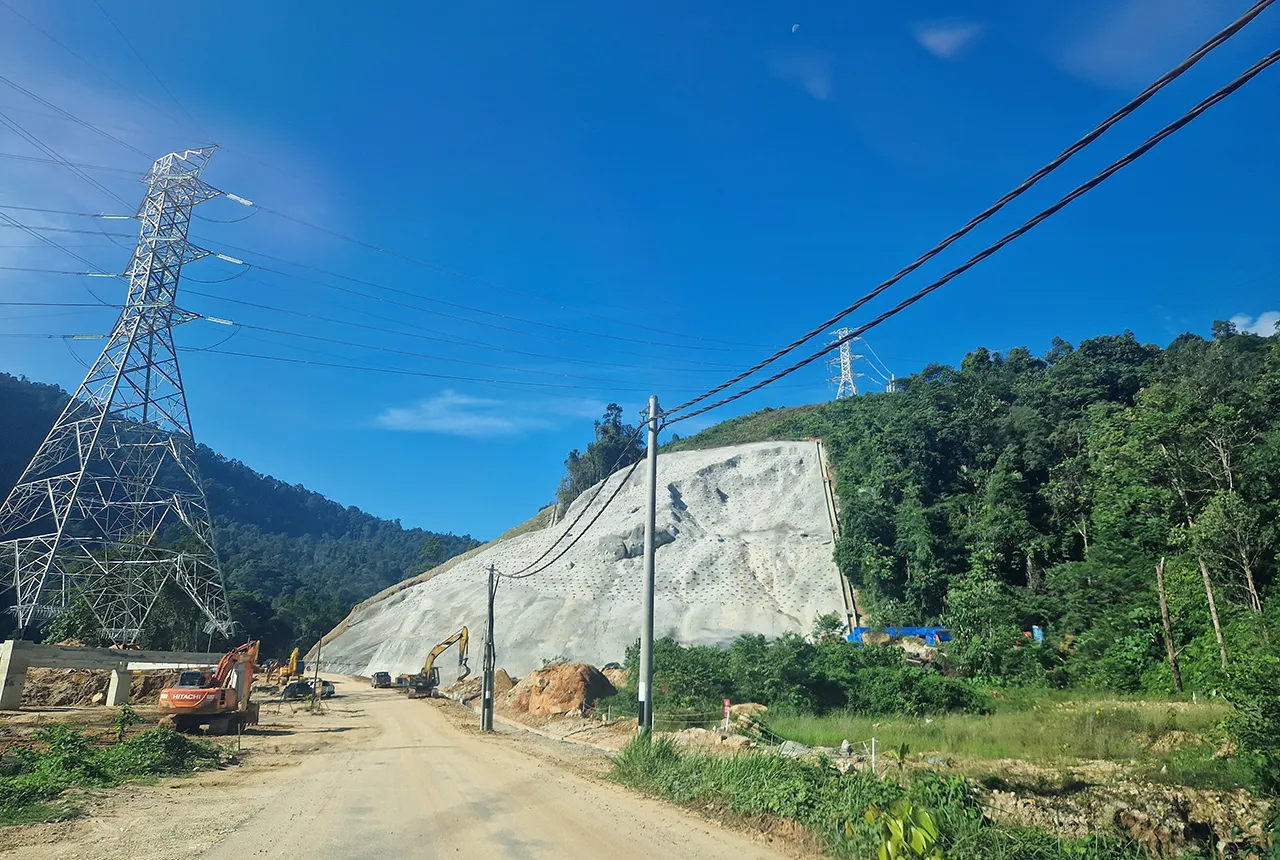
BGS awarded funding to support Malaysia’s climate resilience plan
17/12/2025
The project, funded by the Foreign, Commonwealth & Development Office, will focus on minimising economic and social impacts from rainfall-induced landslides.
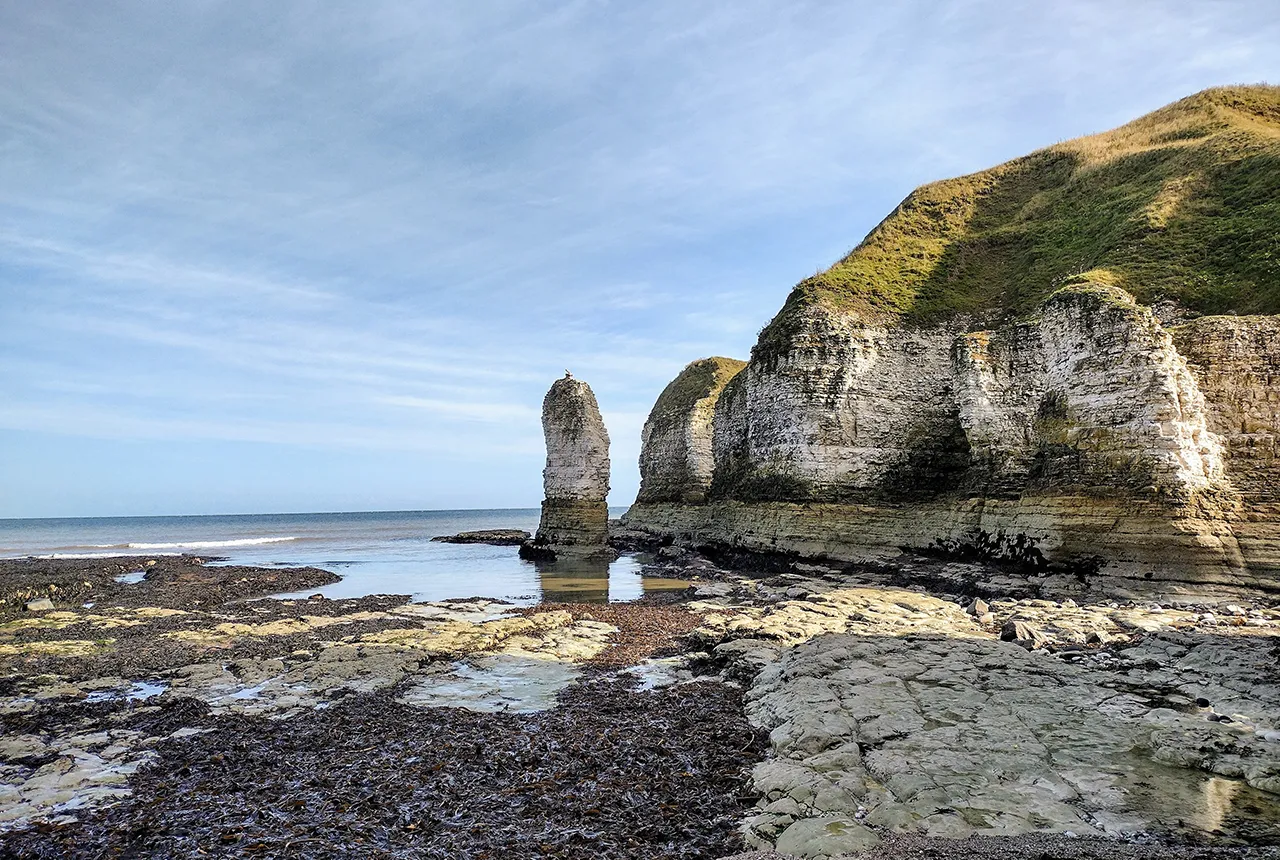
New geological maps of the Yorkshire Wolds to better inform groundwater management and policy decisions
17/12/2025
The new mapping provides crucial data on localised geological issues that may assist in protecting water supplies.
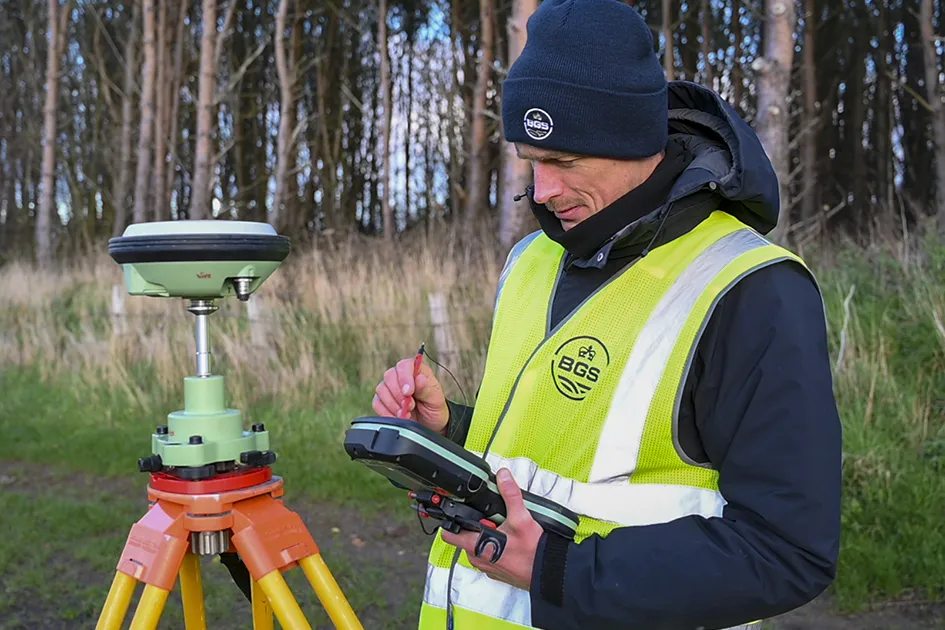
‘Three norths’ set to leave England and not return for hundreds of years
12/12/2025
The historic alignment of true, magnetic, and grid north is set to leave England, three years after they combined in the country for the first time since records began.

BGS agrees to establish collaboration framework with Ukrainian government
11/12/2025
The partnership will focus on joint research and data exchange opportunities with Ukrainian colleagues.
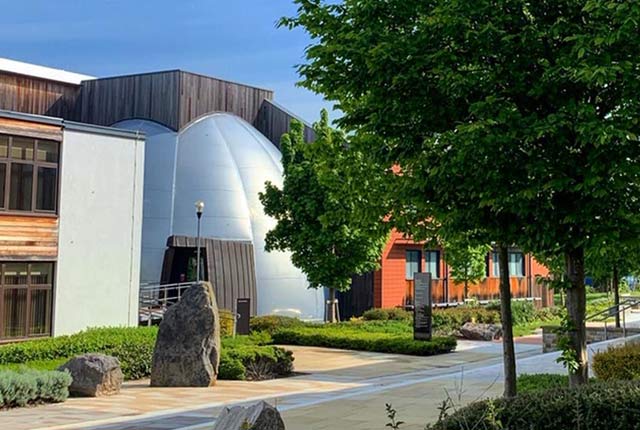
Making research matter: BGS joins leading research organisations in new national initiative
10/12/2025
A new alliance of 35 organisations has been formed that is dedicated to advancing science for the benefit of people, communities, the economy and national priorities.

New 3D model to help mitigate groundwater flooding
08/12/2025
BGS has released a 3D geological model of Gateshead to enhance understanding of groundwater and improve the response to flooding.
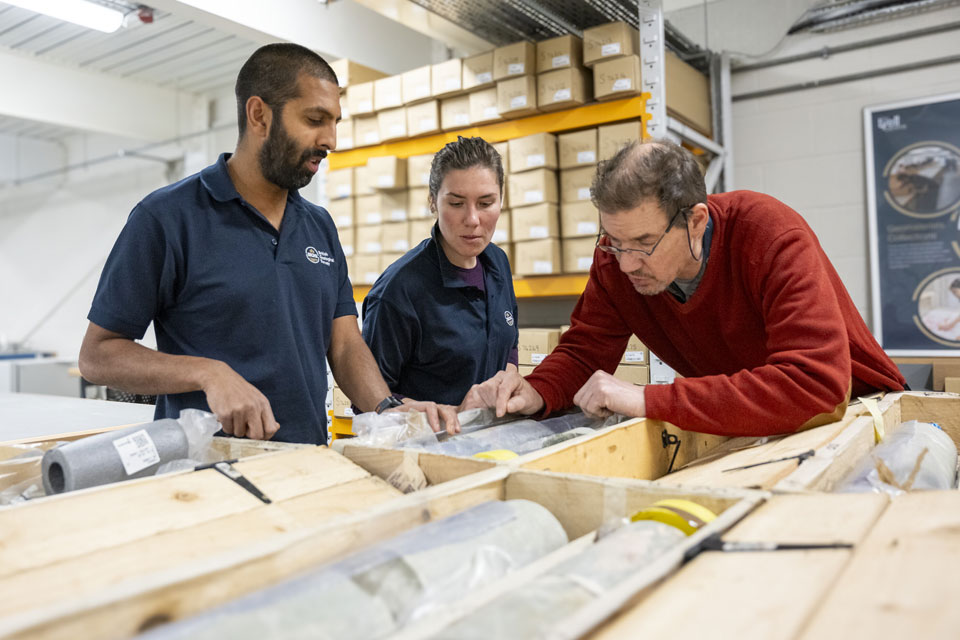
Scientists gain access to ‘once in a lifetime’ core from Great Glen Fault
01/12/2025
The geological core provides a cross-section through the UK’s largest fault zone, offering a rare insight into the formation of the Scottish Highlands.
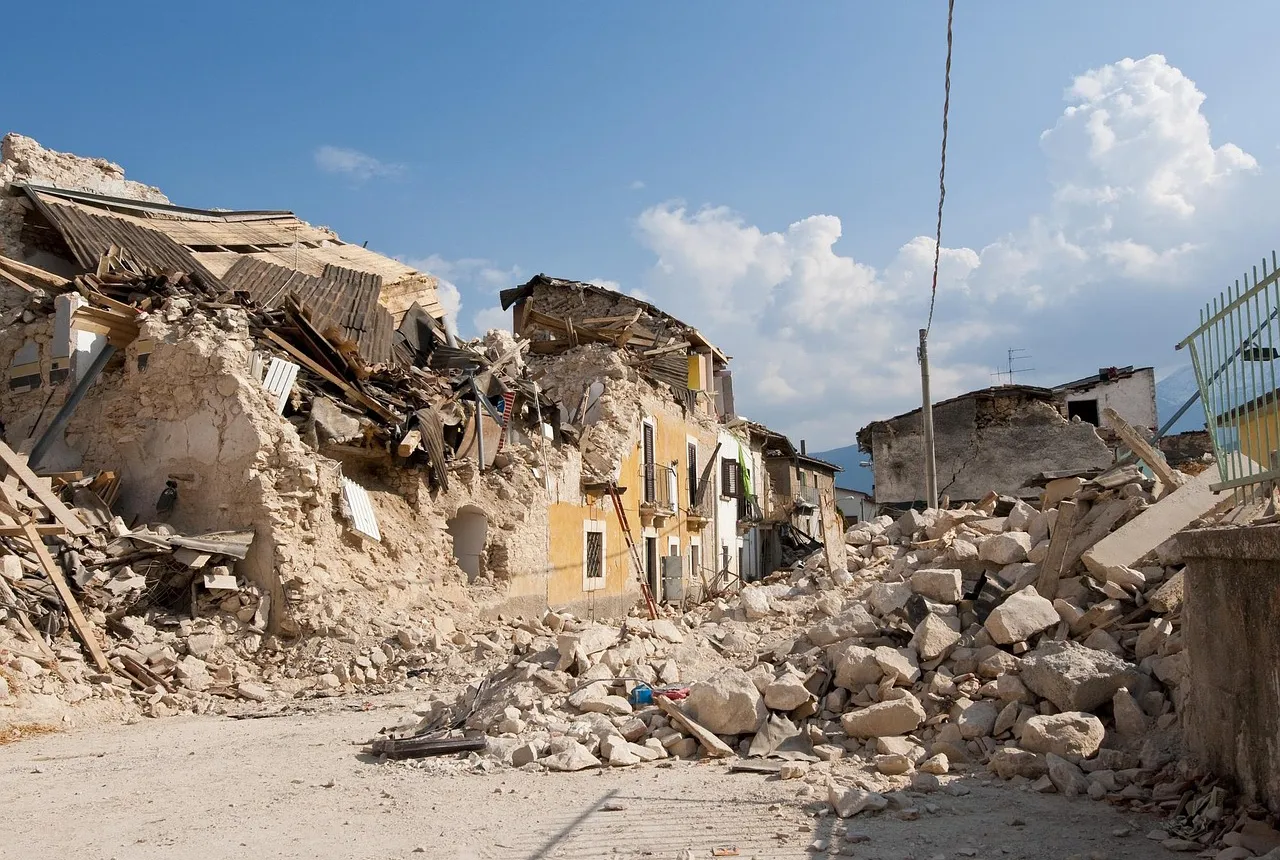
New research shows artificial intelligence earthquake tools forecast aftershock risk in seconds
25/11/2025
Researchers from BGS and the universities of Edinburgh and Padua created the forecasting tools, which were trained on real earthquakes around the world.

BGS welcomes publication of the UK Critical Minerals Strategy
23/11/2025
A clear strategic vision for the UK is crucial to secure the country’s long-term critical mineral supply chains and drive forward the Government’s economic growth agenda.
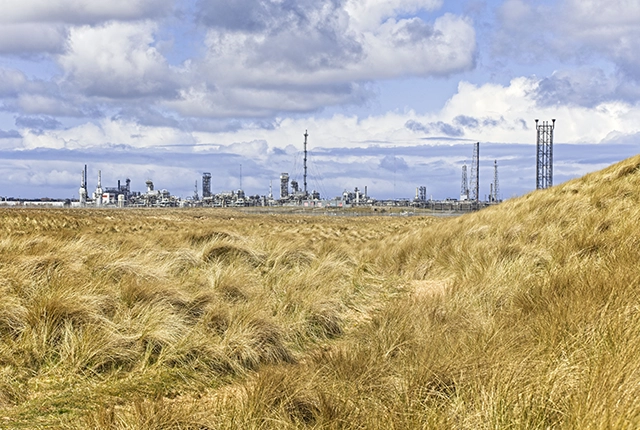
New funding awarded for UK geological storage research
21/11/2025
A project that aims to investigate the UK’s subsurface resource to support net zero has been awarded funding and is due to begin its research.

UK braced for what could be the largest solar storm in over two decades
12/11/2025
Intense geomagnetic activity could disrupt technology such as communication systems, global positioning systems and satellite orbits.
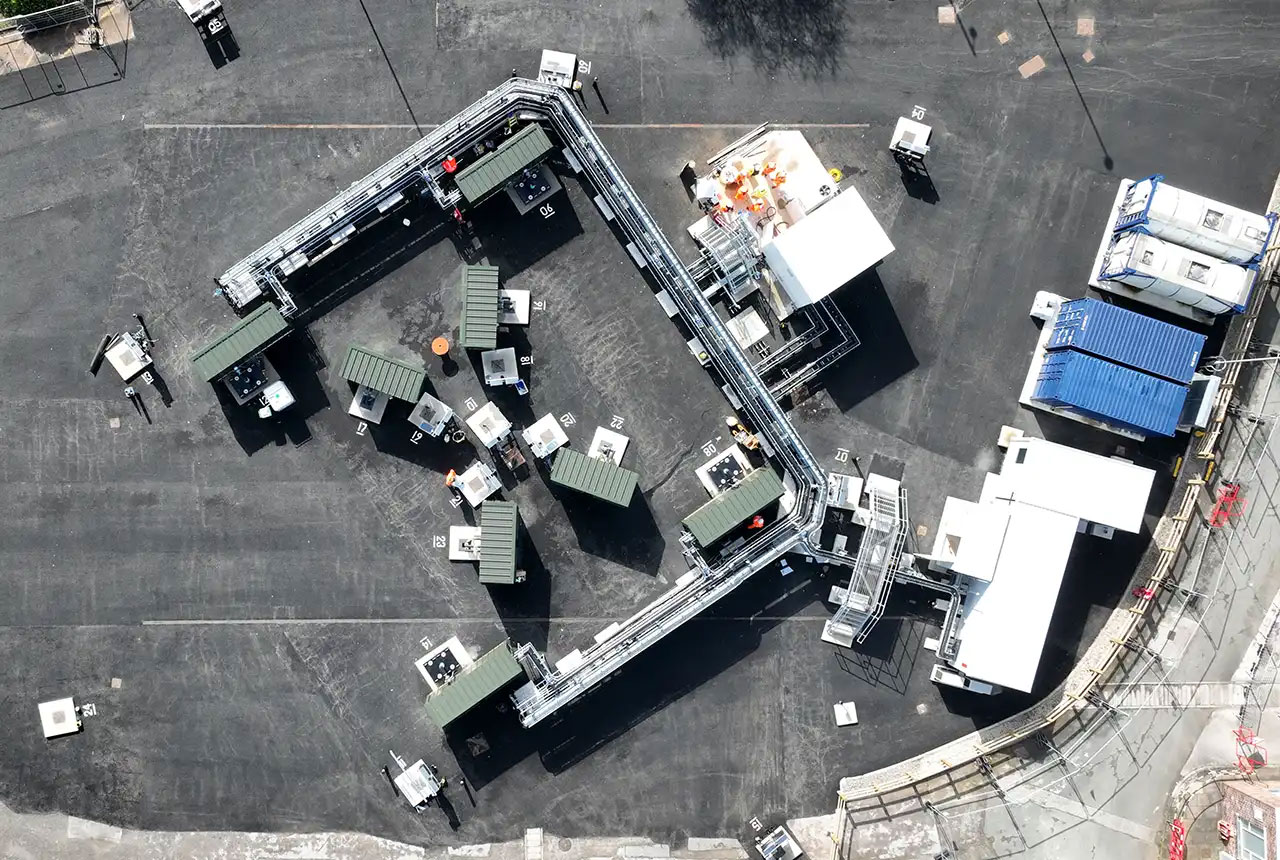
First distributed acoustic sensing survey completed at UK Geoenergy Observatory
12/11/2025
New research at the Cheshire Observatory has shown the potential for mapping thermal changes in the subsurface using sound waves.




